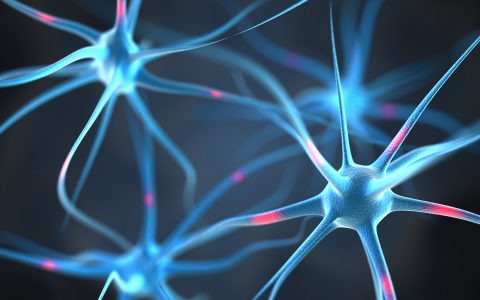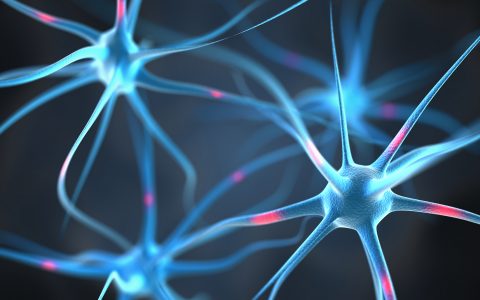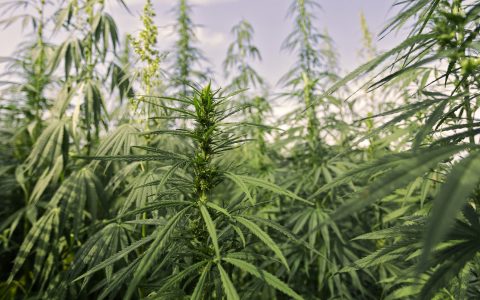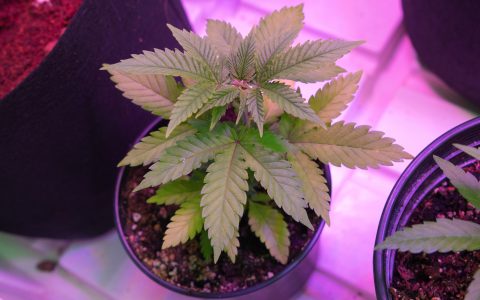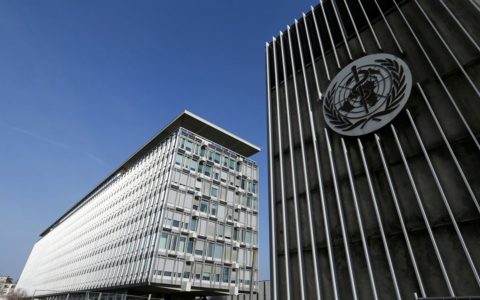After years of growing cannabis in California’s illicit market, Kevin Jodrey emerged in the 2000s to serve California’s medical cannabis market. In 2008, he became the Cultivation Director at the Humboldt Patient Resource Center (HPRC), one of the oldest cannabis dispensaries in the country, to help isolate strong CBD genetics from Cannatonic, a famous CBD strain bred by Resin Seeds in Spain.
What followed was a discovery of potent CBD cannabis genetics that opened the eyes of the medical community and inspired individuals like Jodrey to do something drastic—give it away.
Leafly: When did you first see high-CBD genetics?
Kevin Jodrey: Around 2009, when Jamie of Resin Seeds came to Humboldt with the original Cannatonic line. He provided it to Dr. William Courtney who reached out to a grower named Dready Aaron. They brought the stock to me over at HPRC because they needed a place to legally hold it and sift it for unique phenos.
At the time, I was the cultivation director of the resource center and I agreed to allow them to conduct their research in the facility. Together we started locating the outlier cultivars.
After the CBD strains began to surface, what came next?
Jodrey: In 2012, I purchased Grass, which is now the Wonderland Nursery [in Humboldt, California]. At this point, I had a CBD collection I had put together from the HRPC in my possession, in addition to stock from Lawrence Ringo. We had the genetics, but we quickly realized that the people who needed medicinal cannabis could not afford it.
Kevin Jodrey
I met a tremendous number of people who had successful careers earlier in life but were now struggling financially from health issues. With this issue we couldn’t figure out a way to bill the customers, so my partner, William Pedro, and I decided to give away the strains for free.
At this time, our business manager, Luke Bruner, came up with the term, “Free CBD for the People” and put an ad out in the local paper advertising the start of the CBD program.
Explain the CBD program for us.
Jodrey: Financed by THC-dominant clone sales at Wonderland Nursery, between 2013-2017, we gave away upwards of 150,000 CBD clones. William Pedro was the production manager at the nursery making sure that all of the stock was healthy while a consistent stream of clones were being produced for the program.
Additionally, we provided information to patients on how to cultivate strains while allowing them to access laboratory testing for free—this allowed patients to start their own breeding projects. It was important to build seed lines, because to a lot of the patients, clones took too much energy to keep alive.
On top of this, at the time there was very little stabilized CBD stock, so it took immense knowledge, effort, and testing to help stabilize genetics. All of this work from start to finish was provided for free by the CBD program at Wonderland Nursery.
Why else did you decide to make the CBD program free?
Jodrey: Our desire was to empower people to do it on their own; we didn’t want them to be dependent. People laughed at me like I was a nut because I wanted to give away a couple million dollars in plants and teach everybody how to basically take me out of business. But when I got into medical cannabis, I was sensitized to the people I met. I couldn’t believe that people were struggling this badly.
Kevin Jodrey
I never had the opportunity to help people like this before. I was never a bad guy when I worked in the black market, but it’s very rare in life that you are put into a position where you can do something that’s way bigger than you. I saw that opportunity and took it.
Aside from directly helping people, what other goals did you have for the program?
Jodrey: I realized that I could do something that no one had ever done before, and that I could change the perception of how the mainstream saw cannabis. By giving value to cannabis as a multi-use tool, we could show that there are people who use cannabis for mental enrichment while others can use it for physical ailments.
This incredible push to get CBD into the mainstream and to help out so many people for free allowed these individuals who had terrible misconceptions about cannabis to have the opportunity to change their minds. The only reason people were coming to us was that they or their loved ones were about to die, and with necessity comes validity. When you need it and it works, then it becomes valid.
Alongside the CBD program, you also produced large quantities of cannabis green drinks. Can you share a bit about this?
Jodrey: I used to go on the radio and ask for fan leaves and plant material for juicing and people would bring van loads fresh from their farms. I would take it, juice it, and send it to the lab for analysis to make sure there were no contaminants. Once it was cleared, I would give it away for free.
We had the largest juicing program in the country, and it was free. A lot of people volunteered, including the Bud Sisters who would come in and often spend 8 hours a day, a few days a week, running the juicing machine and then help distribute the medicine to those who needed it.
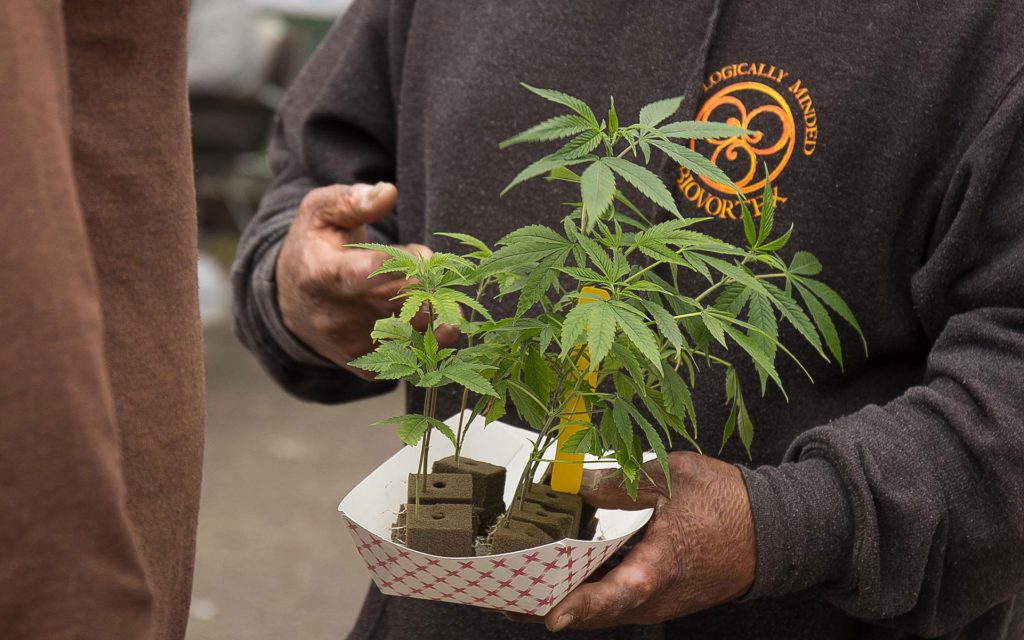 (Courtesy of Kevin Jodrey)
(Courtesy of Kevin Jodrey)
Why isn’t the CBD program around anymore?
Jodrey: Because of Prop 64 [which legalized recreational cannabis in California], you can no longer give away cannabis products without paying taxes and the cost of production is so high that it’s difficult to pay those taxes. What we are doing now is going back into CBD material to do medicinal genomics—we are going through the gene pile to look for other interesting cannabinoids that seem to be trending in terms of desirability for new explorations.
I may not be able to give away the products that I gave away for all these years, but I can still give away the information and I can still help people understand how to utilize it while helping to network the community.
What compounds should we be on the lookout for when it comes to medicinal cannabis?
Jodrey: Right now, I would say CBG, because it is a precursor for almost all cannabinoids—they all come from CBG. CBG is the base cannabinoid; many would say that CBG will probably be what CBD is now in a few years. Scientists are finding out all the different impacts that cannabinoids have, and if you pay attention you can start to see where the interest lies. I pay attention to what medical science is saying, and then we can start the genomic chase.

